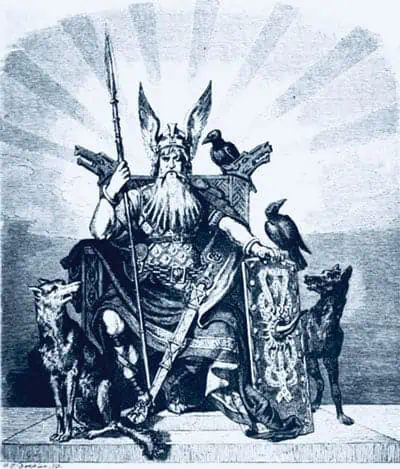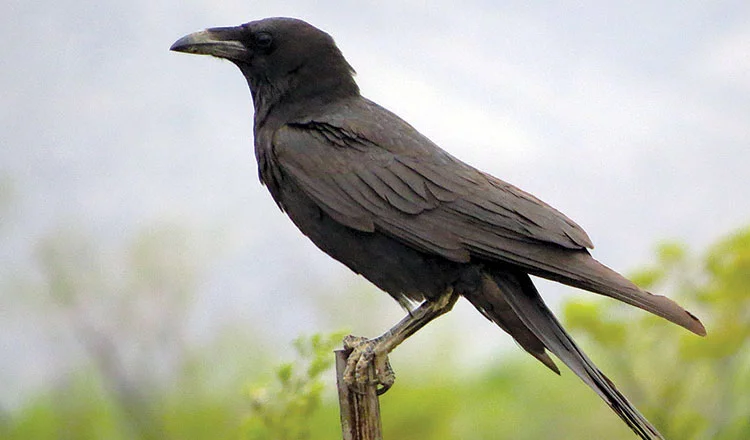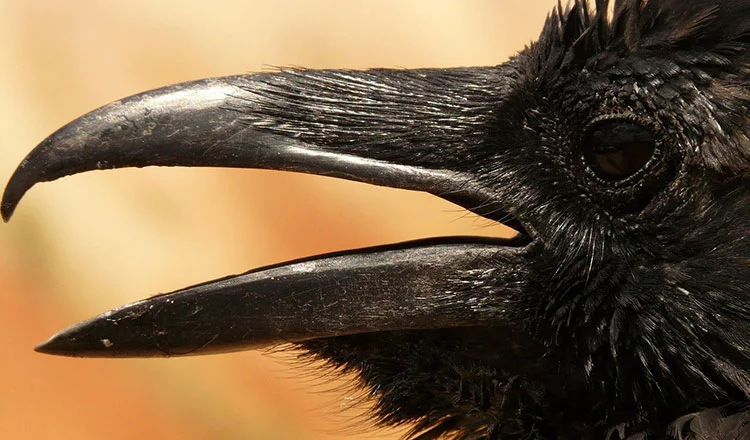One of my many favourite Bill Reid carvings, Raven and the First Men, is part of a Haida creation myth which is permanently displayed in the Museum of Anthropology at the University of British Columbia.
It depicts the exact moment, on a remote Pacific beach, when Raven found a clamshell full of tiny human beings desperate to be released from their eternal prison and freed to roam the Earth forevermore. Not long after that dramatic moment of human creation, Raven found the sun, moon and stars locked away in an old man’s box of treasures. Raven distributed them up into the universe, thus creating daylight, moonlight and beacon stars, so we could see where we were going and know where we’d been.
Thus, all mankind, according to Haida and other Indigenous mythologies, owes a debt of gratitude to Raven for giving us the gift of life on the planet now known as the beautiful Blue Marble.Not long ago, that was pretty much the extent of your narrator’s knowledge on the subject of raven mythology, which now needs to be explored more deeply for another project. It became necessary to dive into the raven archives and become a mini-expert on the subject, which brings us to the exact definition of what constitutes mythology.
It derives from two Greek words. “Mythos” means “story of the people” and “logos” means “spoken or written words.” Until the invention of the world’s first cuneiform tablets by the Sumerians in roughly 3,300 BC, human beings throughout all of prehistory passed on their stories orally, commonly around campfires inside caves and huts while eating the evening meal. Since then, written mythologies have replaced oral traditions, but not at the expense of ravens, which are ubiquitous around the northern hemisphere.
In other words, this subject is far deeper and more common than ever imagined, to the point where I wondered what kind of Herculean task I had taken on here? I just wanted to write a simple children’s book for my grandkids about a talking raven. I’ve now discovered that the black bird has been a serious player on the world stage since before the (true) dawn of man, making Reid’s magnificent sculpture and the Haida’s quaint myth a drop of water in an ocean of ravenology. I have uncovered so much worldwide mythology about the Yukon’s beloved territorial bird, the current quandary is where to start. It can’t be at the beginning because ravens go back to the dinosaurs, according to yet another myth.
So let’s begin with a couple facts: Common raven populations increased across our continent between 1966 and 2014, according to the North American Breeding Bird Survey. Partners in Flight estimates their global breeding population to be 20 million, with 18 per cent living in Canada, 9 per cent in the U.S., and 3 per cent in Mexico. They rate a six out of 20 on the continental concern score (established by Partners in Flight) and are not on the 2014 watchlist.
It’s a virtual toss-up to scientists which of the three smartest animals in the world, ravens, chimpanzees or dolphins, are second only to humans. Ravens are easily the smartest birds according to ornithologists.
“To have a raven’s knowledge” is an Irish proverb meaning to have a seer’s supernatural powers. Ravens were the favorite bird of Lludd, the Celtic god of artists and artisans. Like Odin, he was said to have two ravens to attend to all of his needs.
Speaking of Odin, here is our second raven myth after the historical Haida clambake:
THE RAVENS OF ODIN
Odin, Thor’s father and the greatest of the Norse gods, had two ravens, Huginn (thought) and Muninn (memory), which flew around the world every day and reported back to Odin every night about what they saw.
Odin can be recognised by his hat and cloak, long beard and one eye. His spear, Gungnir, is one of the main foundation myths of the Viking Age.
Others include his ring, Draupnir, which drips to form eight new rings every nine nights, and the horse, Sleipnir, which is mentioned early in Old Norse literature. With eight legs, Sleipnir was not a horse to bet against.
Odin’s two ravens are very old, as evidenced by their appearance on ornaments and ancient rune stones. Odin is also known as “the raven-god.” If you have ever seen a battlefield after combat, it becomes clear how Odin’s ravens tied in with his role as god of war—a battlefield is a feast for ravens and other scavengers.
The Chinese said ravens caused bad weather in the forests in order to warn people that the gods were righteous on Earth. There are many Tibetan murals depicting ravens, which says something about the bird’s holy connotations.
In Japanese and Korean mythologies, there is a tripedal raven or jungle crow, known as Yatagarasu and Samjokgo. The creature is known to be associated with the sun, and represents divine intervention in earthly, human affairs.
In Chinese mythology, the crow is associated with the sun. Here too, it is a three-legged bird named Sanzuwu. According to the myth, there were originally ten “Sun Ravens.” Only one of them rose in the sky at a single point of time. However, one day they decided to rise all at once, blotting out the sun like an eclipse. The effects of this were devastating to the Earth, so the gods sent an archer to shoot down nine of them. One remained and the Earth returned to normal. The Chinese myth portrays how the life-giving sun may also be dangerous to humankind.
Next time, I’ll explore Edgar Allan Poe’s fascination with The Raven.





